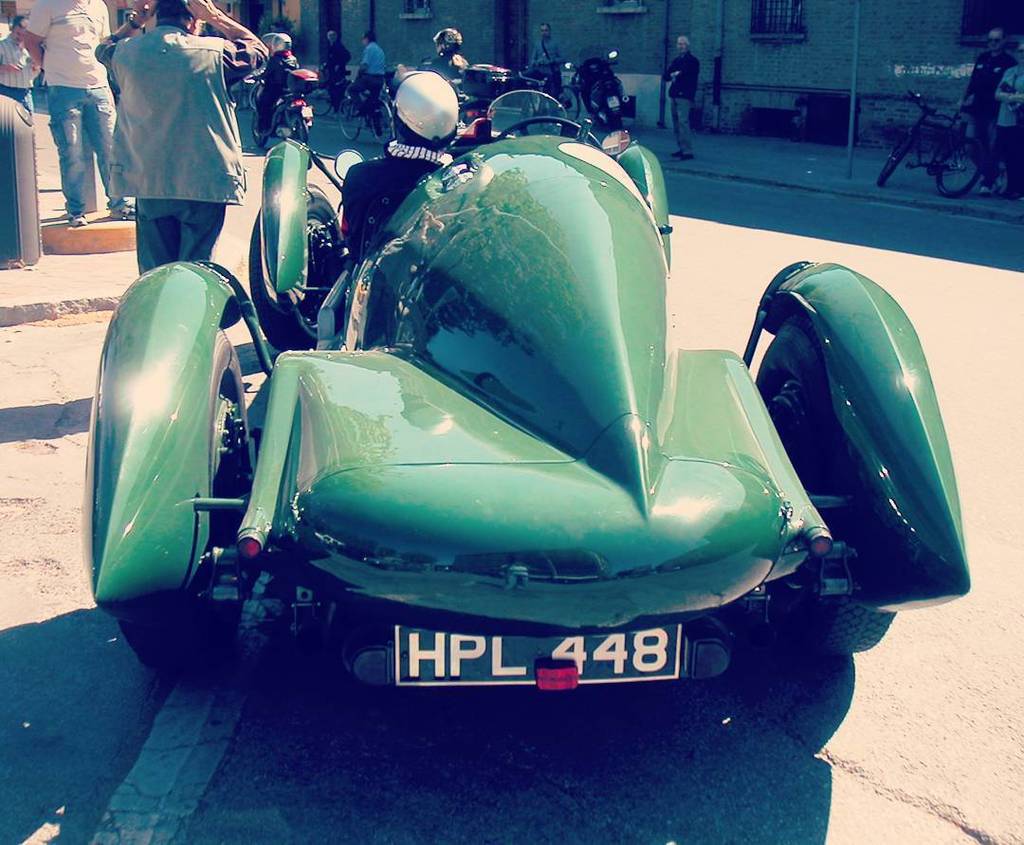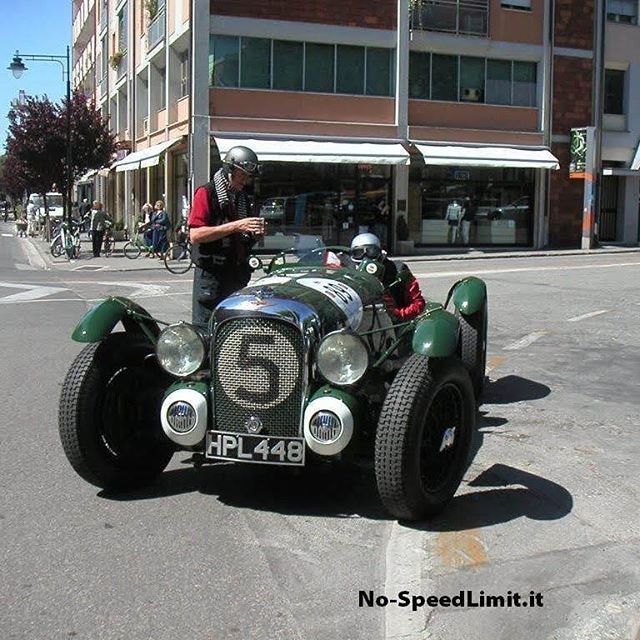.jpg)
Loumann Museum
.jpg)
“I want to take the V12 to Le Mans next year.” Those were probably the words of Lagonda chairman Alan Good when he stormed into the office of his technical director Walter Owen Bentley just before Christmas in 1938. Bentley then had six months to build a racing car equipped with the new twelve-cylinder Lagonda engine. “It will be impossible to win. We’ll just try to finish the race; we can win next year”, he retorted.
Bentley altered the V12, increasing maximum power from 180 hp to 206. He reduced the weight by using lighter steel and by drilling holes in the frame, covering them with aluminium discs. The car was given the race-number 5, hence its nickname ‘Old Number 5’.
There were only 42 cars in the race, most of them from French manufacturers (Bugatti, Delahaye-Delage, Lagonda-Talbot, for a total of 25 cars), while the rest of the platoon was a mix of german (Adler, BMW) and Italian (Alfa Romeo of Prince Bira) and 12 British cars: mostly smaller capacity Aston Martin, HRG, MG, Morgan, Riley and Singer, but with one very important addition - two Lagondas, of the Bentley designed 4 1/2 litre V 12 model. One was driven by Lord Selsdon and Lord Waleran, the other by Charles Brackenbury and Arthur Dobson. W. 0. Bentley had joined Lagonda some years after Rolls-Royce took over the original Bentley company, and while it must have given him some satisfaction to see one of his cars back at Le Mans, he was worried that the cars were not sufficiently prepared for the race: as mentioned above, Lagonda chairman Alan Good had only allowed a few months in which to get the cars ready. In the circumstances, Bentley decided to run the cars at a set speed of 83 mph - slightly faster than the 1938 winner - and see what happened ; this was intended mainly as a trial run for later Le Mans races.

The V12 Lagonda at the 2007 Mille Miglia
Arthur Dobson and Charles Brackenbury made up the team. Dobson started well but was outclassed by the French Bugattis and Delages. Around four o’clock in the morning the Lagonda was in sixth position.
Then, on Sunday morning the Gerard/Monneret’s Delage was still in the lead, followed by the Wimille/Veyron’s Bugatti, but the ranks of the French cars had thinned dramatically and the two Lagondas were now third and fourth. Suddenly, the Delage ran into trouble; the engine ran rough, a plug change effected no improvement and the drivers suspected that a valve spring had broken: they carried no spare and were therefore unable to do anything about it.

Night-time pit stop for the Dobson/Brackenbury Lagonda V-12. Inset: The Lagonda at the Esses. (Source: Anders Ditlev Clausager, Le Mans)
In the course of the Delage's pit stop, it was overtaken by the Bugatti which became the ultimate winner; the Lagondas held that position until the finish. ‘Old Number 5’ did win its class. The car covered 239 laps, a distance of 3,200 kilometres, at an average speed of 133km/h. It was officially clocked at 223 km/h on the Mulsanne Straight.

The V12 Lagonda at the 2007 Mille Miglia
The unanimous opinion was that for the 1940 race the Lagondas and the BMWs would have to be watched. However, war broke out and Le Mans was not run. After the war the cars were sold to Charles Brackenbury.
This particular car had a few more owners before it was acquired by the Louwman Museum.
.jpg)
Loumann Museum
.jpg)
Lagonda M45R

Porsche Press kit

Porsche Literature

Our Porsche Cars